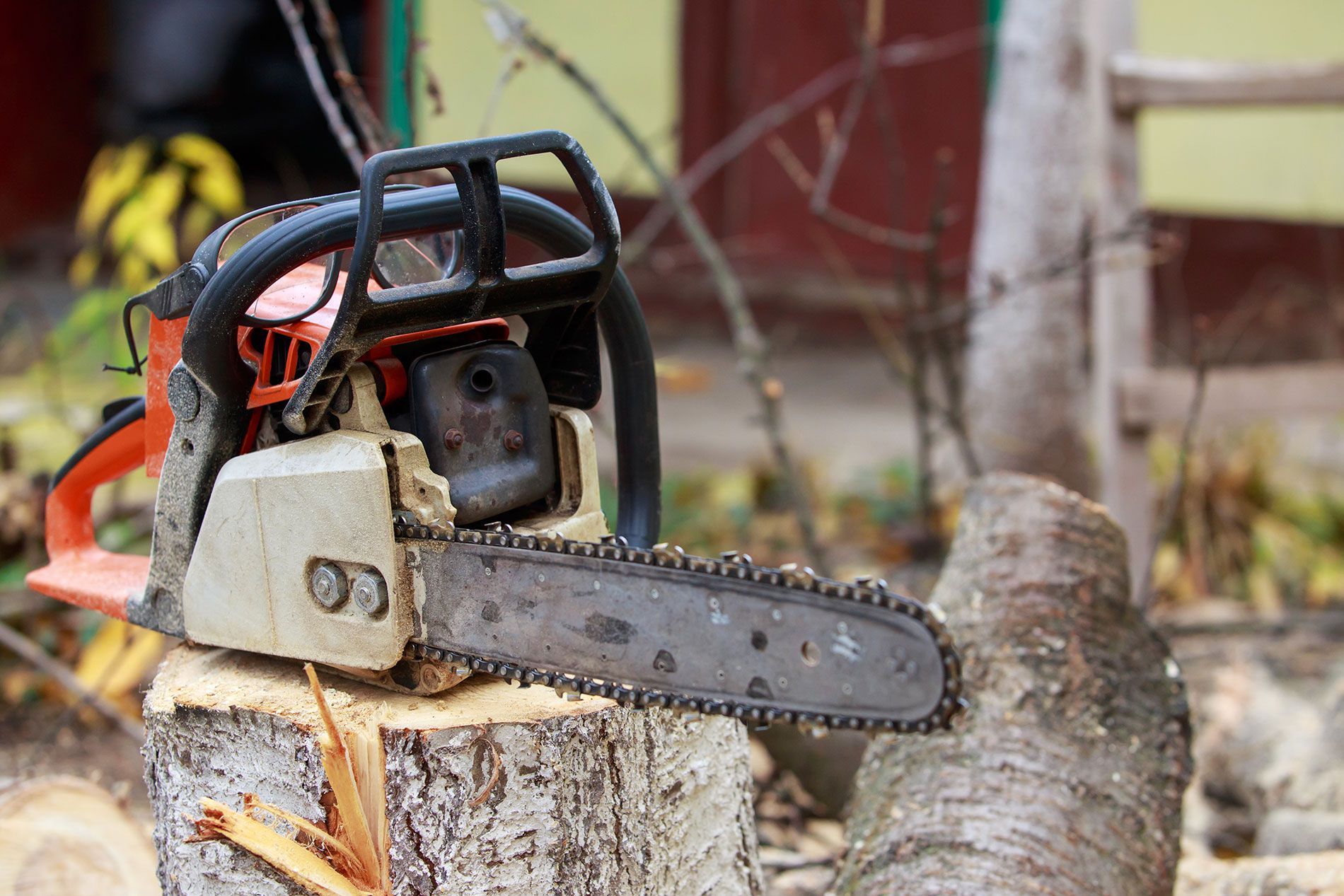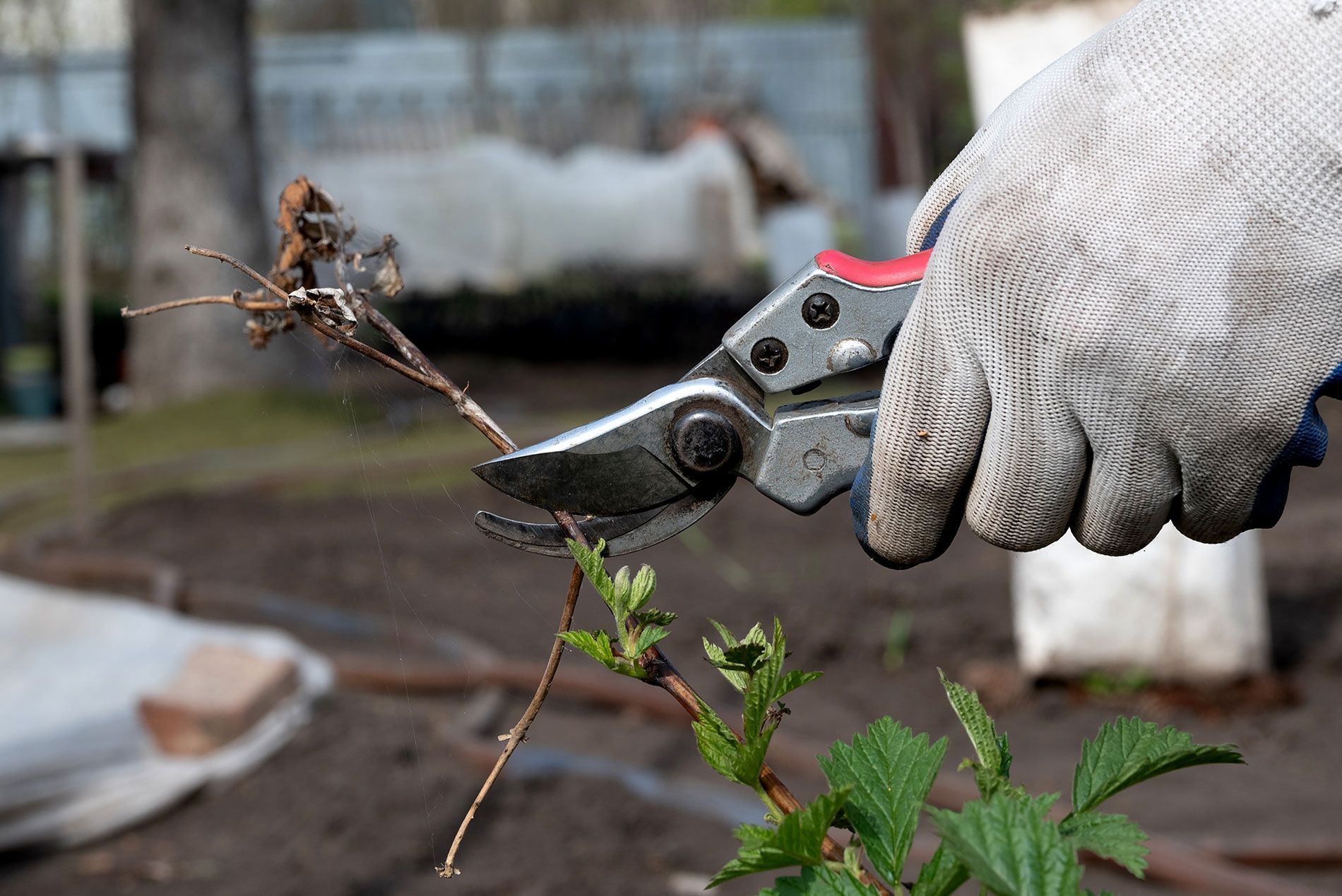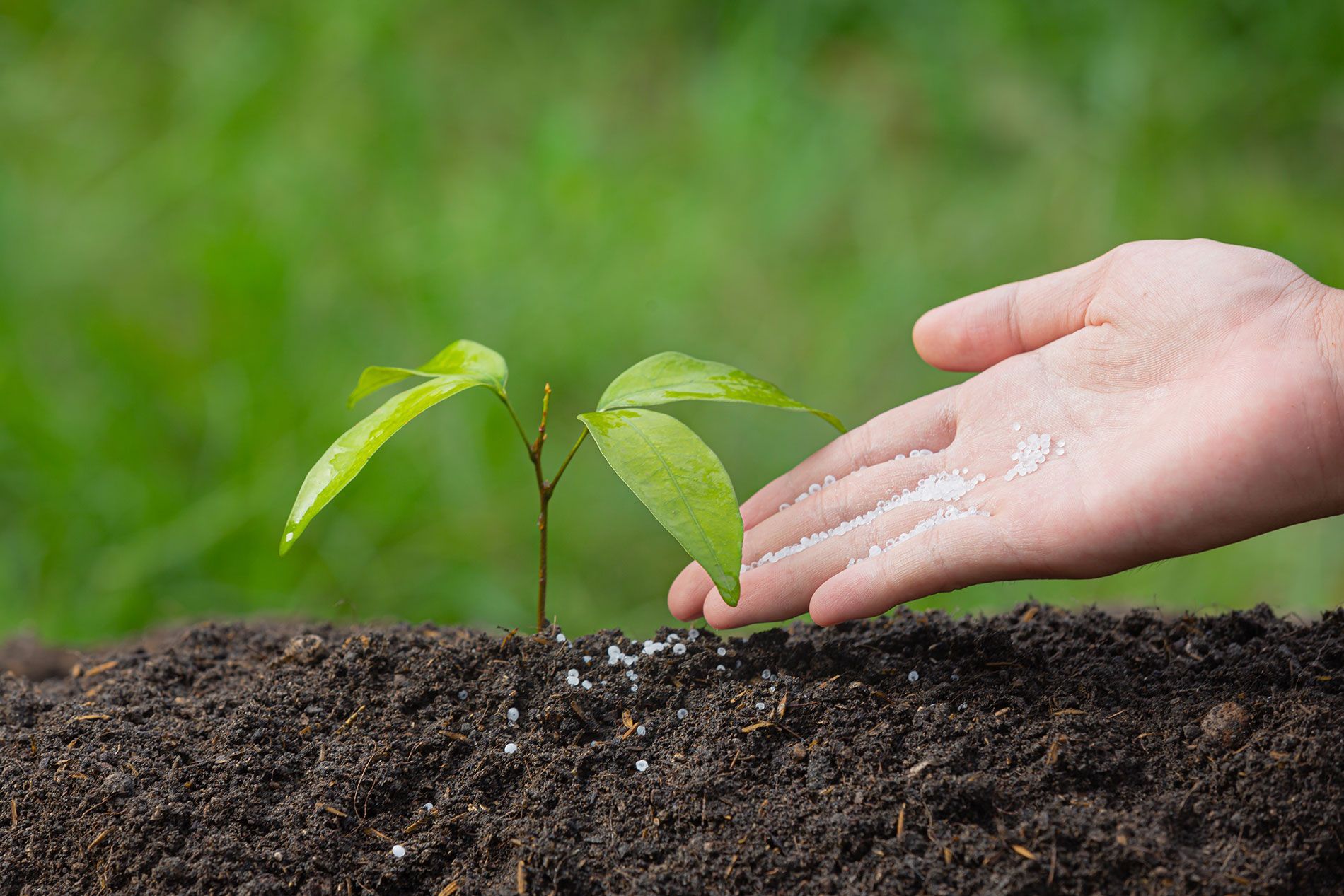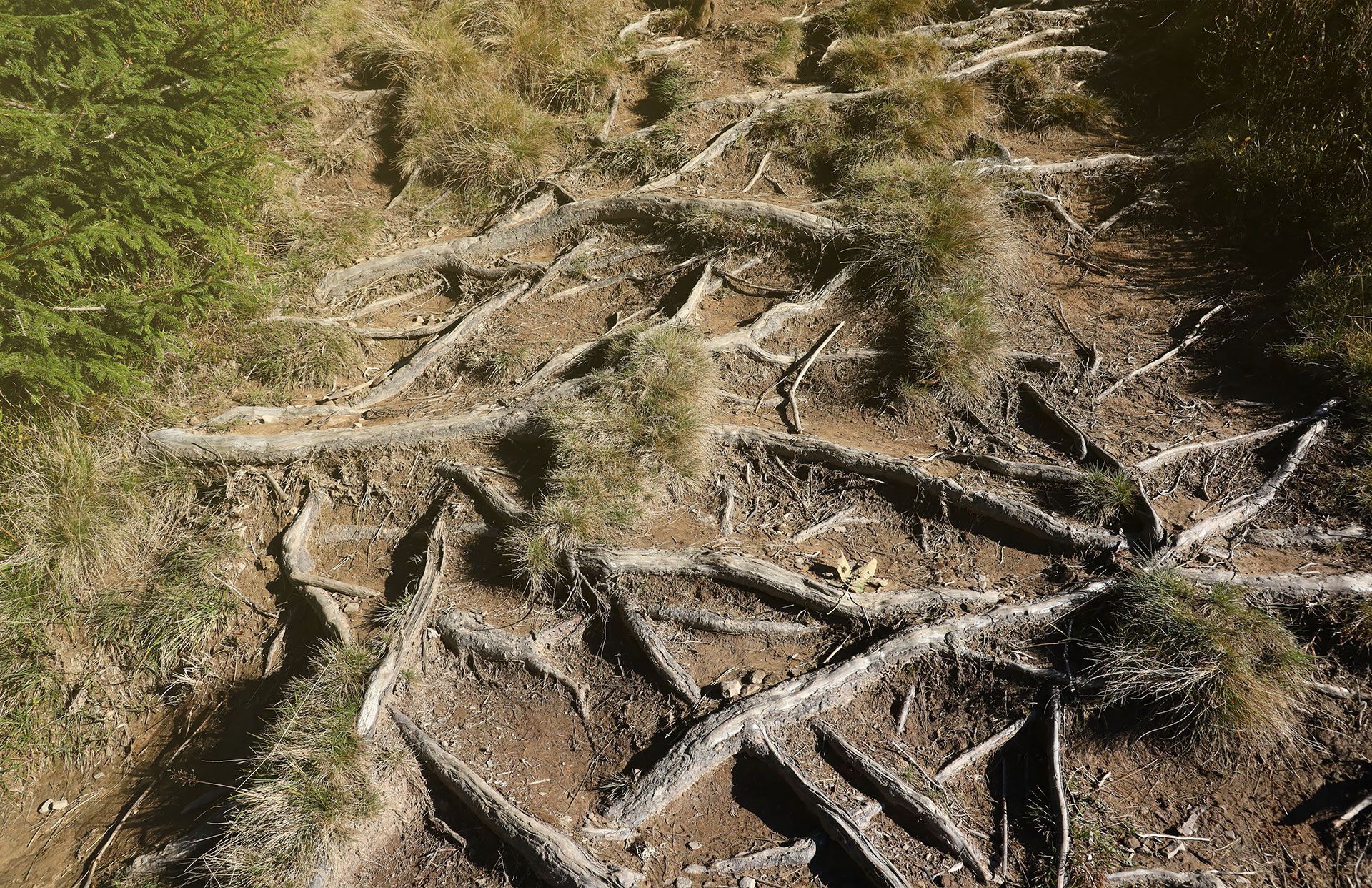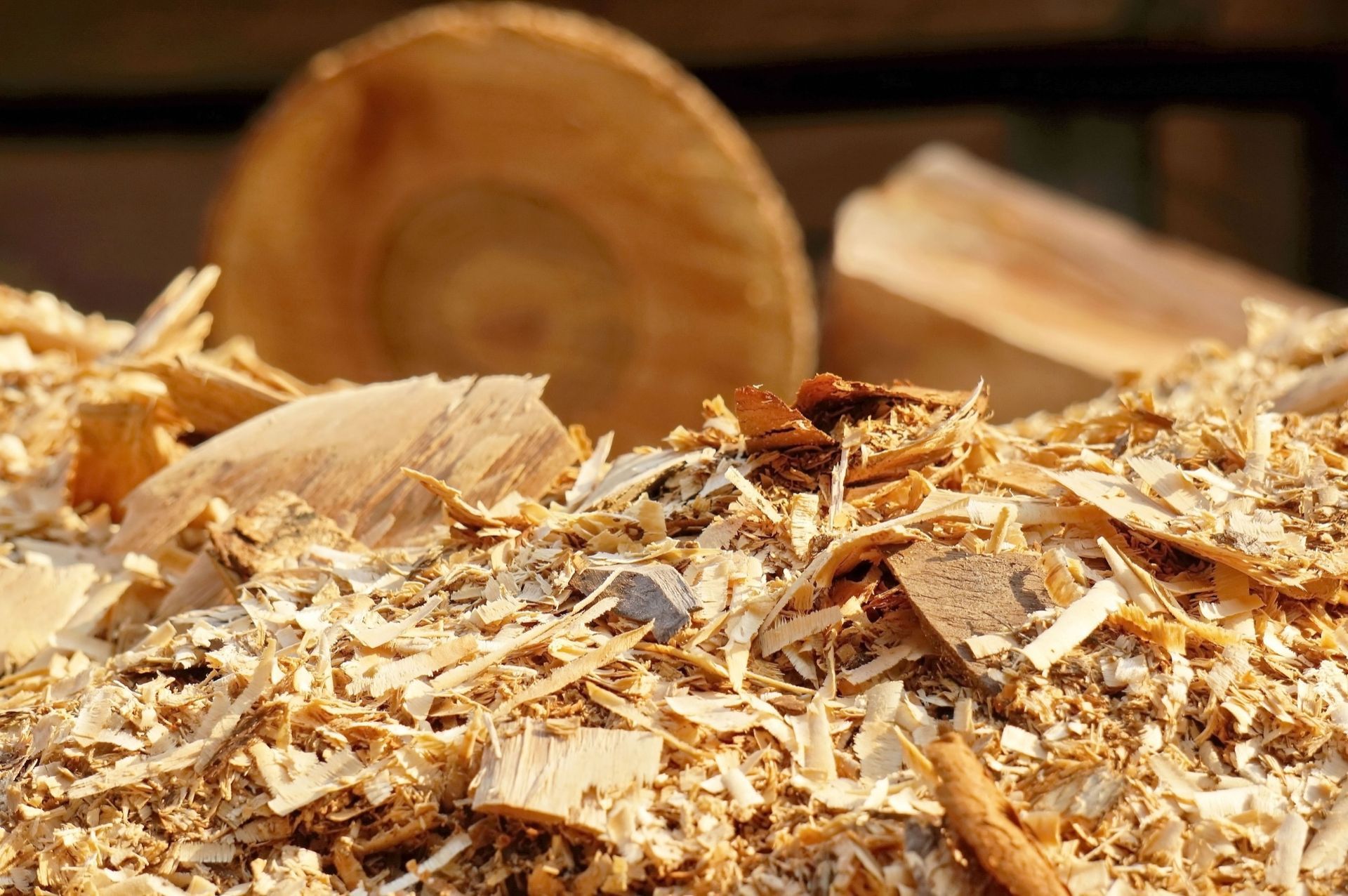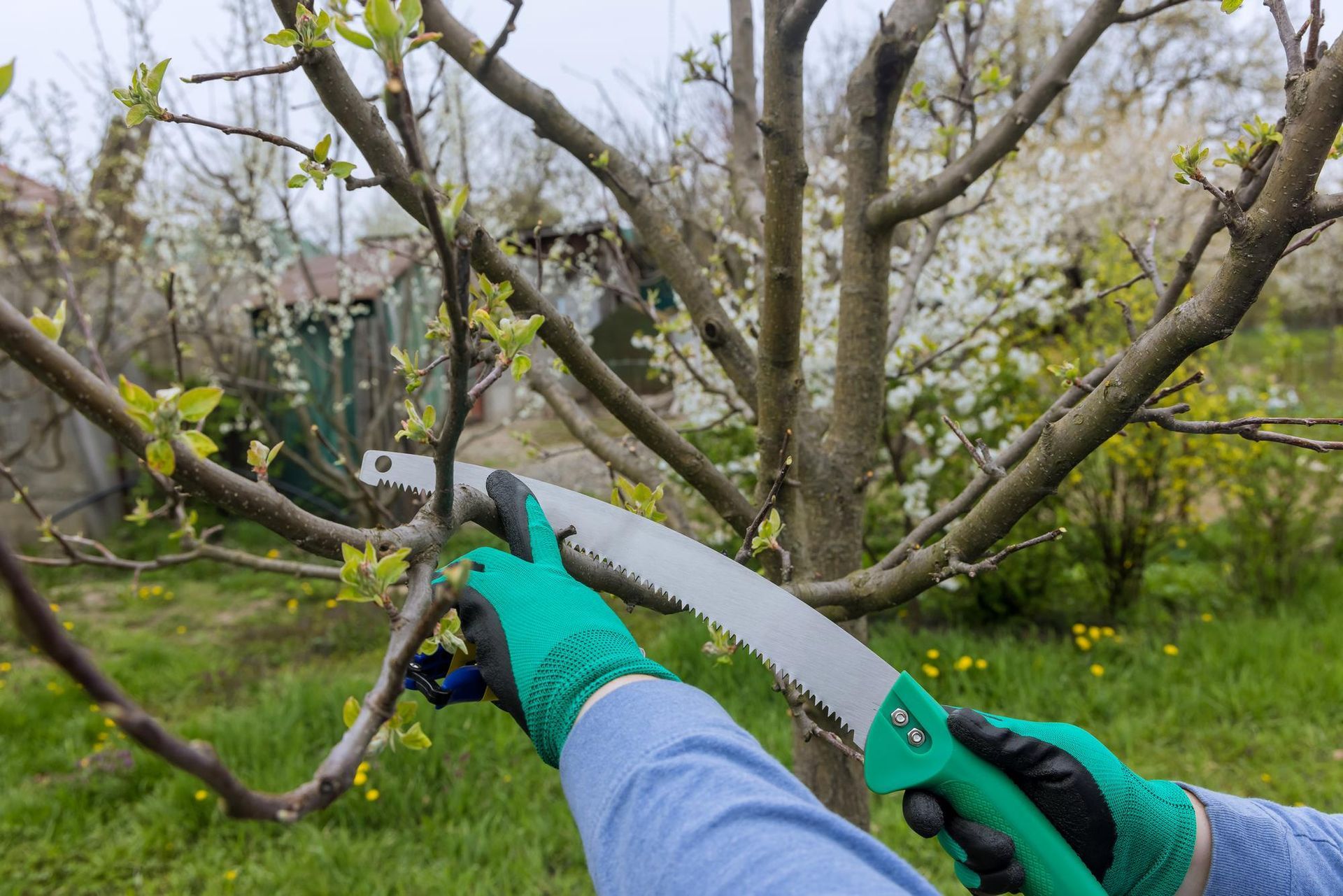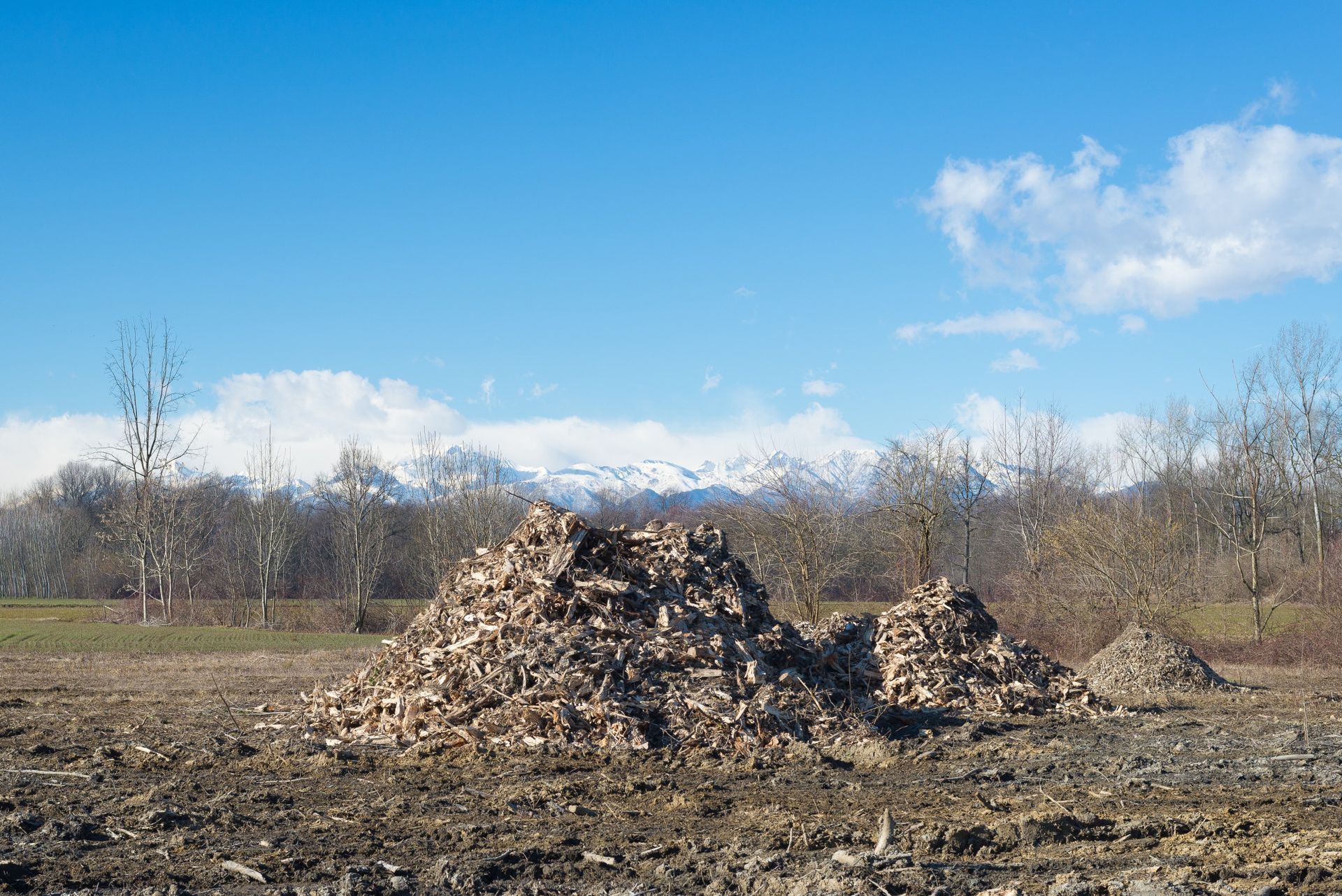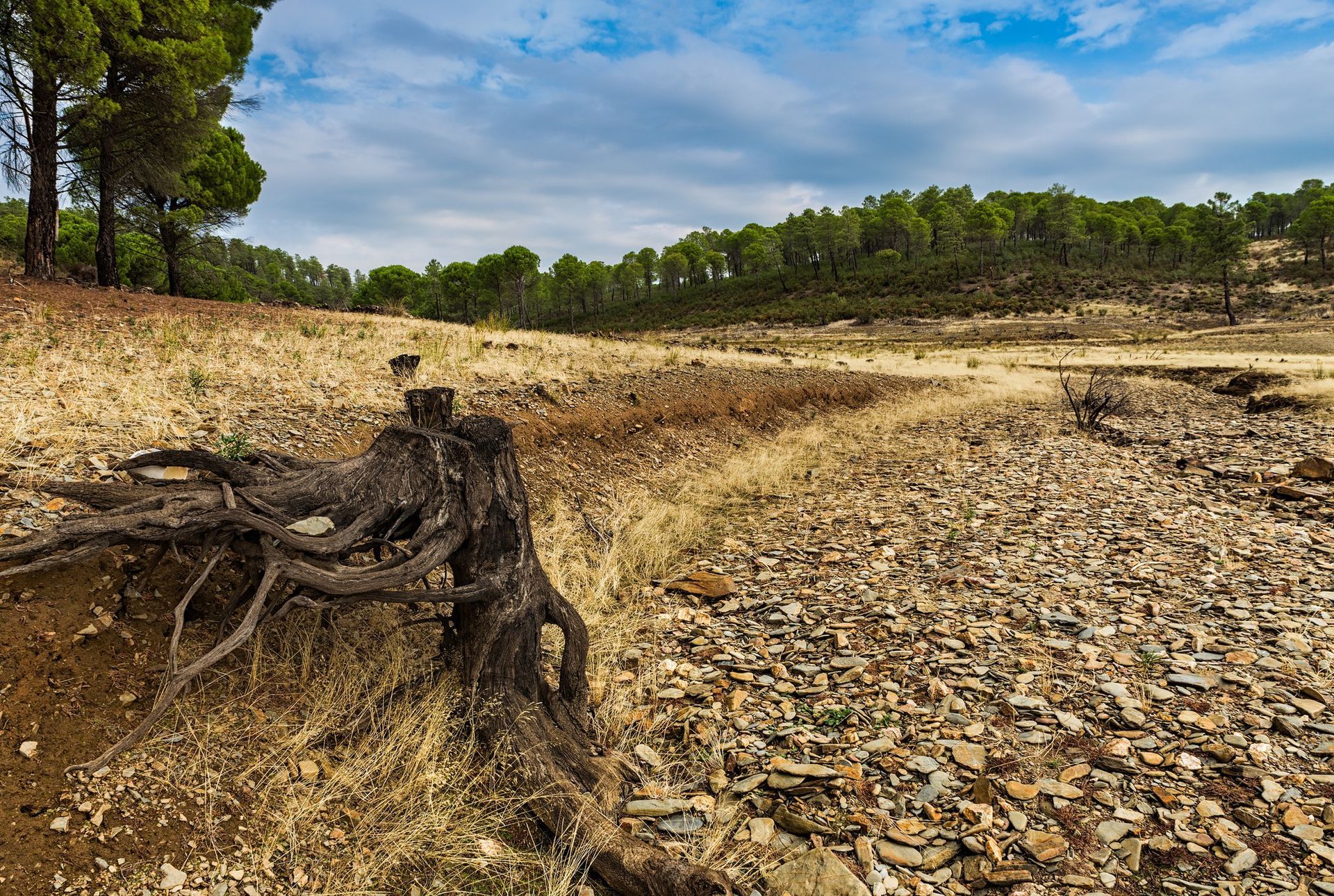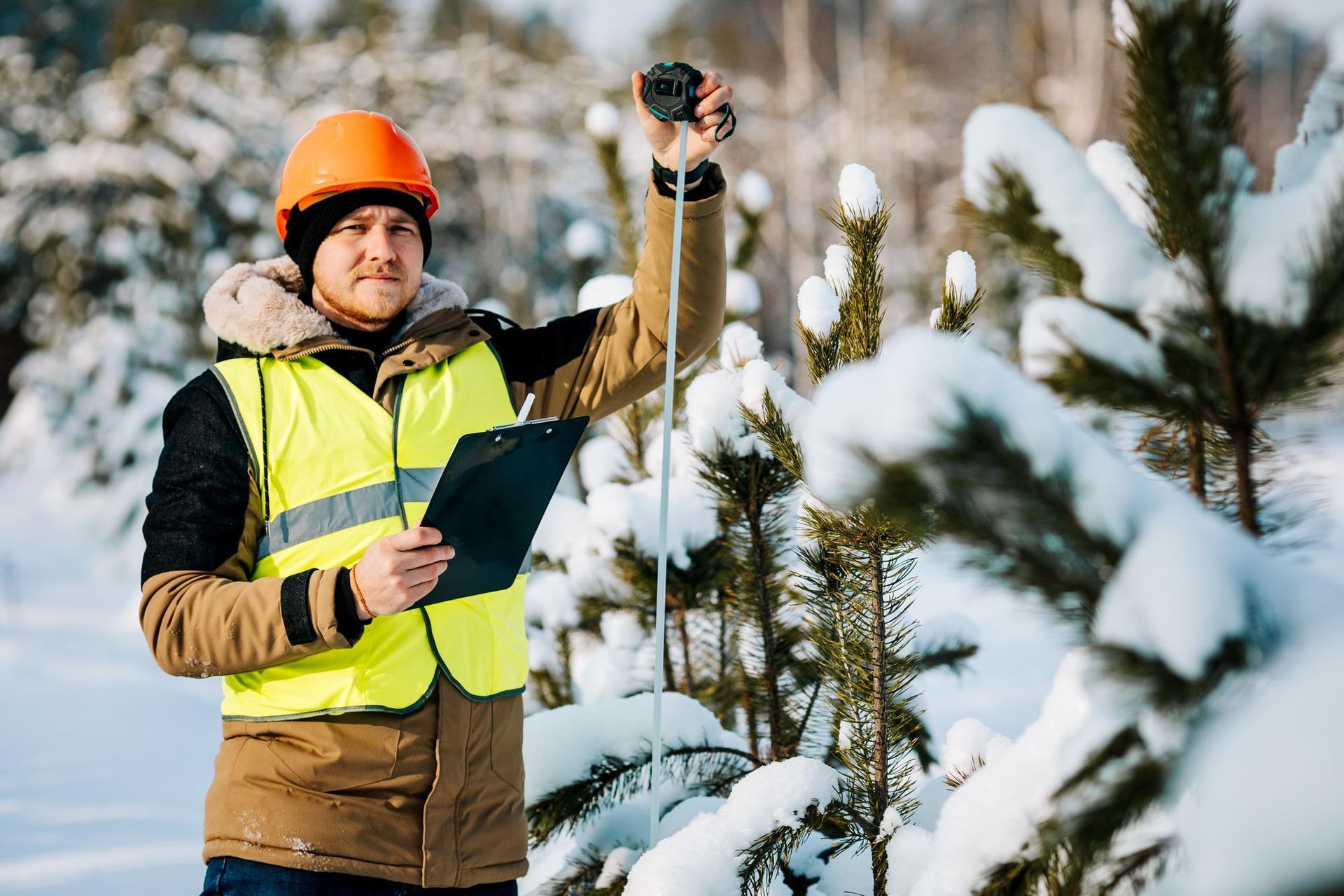Emergency Tree Trimming Tips for Dealing with Storm Damage
Hey there! When wild weather like storms roll in, your trees can take a beating. That's why it's super important to learn about emergency tree trimming. We'll break it down in simple terms for you.
Picture this: a thunderstorm rages through, and your beautiful trees get battered. It's not just about looks; storm-damaged
trees can be dangerous. That's where our emergency tree trimming tips come in.
In this easy-to-follow guide, we'll help you understand what to do when storms strike. First things first, safety is crucial. We'll show you how to stay out of harm's way and when it's time to call in the pros. Then, we'll walk you through checking your
trees for damage – no fancy tools needed. We'll explain what to look for and how bad it might be. You'll also discover quick fixes you can do yourself to keep things from getting worse. And when you should definitely call in the experts for some professional help.
Stick with us, and you'll learn not only how to deal with storm-damaged trees today but also how to keep them strong for tomorrow's weather challenges. Ready? Let's get started!
Understanding Storm Damage
Storms can be scary, right? They can also cause trouble for your trees. That's why it's important to know about "emergency tree trimming tips for dealing with storm damage." Let's talk about what storm damage really means for your trees.
When storms hit, trees can suffer in a few different ways. They might have branches that break or even get knocked over completely. Sometimes, the roots can get messed up too. It's not hard to spot the problems if you know what to look for.
So, what are the signs of storm damage in trees? First, check for branches that are hanging down or broken. These can be dangerous, so stay away from them. Next, look at the tree itself. Is it leaning or wobbly? That's a red flag. And don't forget about the roots – if they're exposed or damaged, your tree could be in real trouble.
You don't need to be a tree expert to figure this out. Just follow these simple steps to assess the damage. First, take a good look at your tree, from top to bottom. Then, gently give it a nudge. If it moves too much, that's a sign of trouble. Finally, check the ground around the base for any weird stuff, like roots sticking out.
Once you've figured out how bad the damage is, you'll know if it's time to take action. Remember, safety first! If things look really bad or dangerous, don't try to fix it yourself. Call in the experts to handle the emergency tree trimming.
Understanding storm damage is the first step to keeping your trees safe and your property in good shape. Stay tuned for more tips on what to do next!
Safety First
"Emergency tree trimming" during storm damage might seem urgent, but remember, safety comes first. Before you rush in to fix things, make sure you're safe. Here's what you should know.
When a storm messes with your trees, it can leave them in a risky state. Branches might be hanging by a thread, and the tree could be unstable. It's vital to stay away from these danger zones. Don't go near a damaged tree if it's not safe.
If you're not sure about the situation or if you see power lines involved, don't try to handle it yourself. Call the experts. They have the knowledge and equipment to deal with these tough situations safely.
DIY Tree Assessment
Now that you know safety is a must, let's talk about a DIY tree assessment. You don't need to be a tree expert for this. It's about checking for obvious signs of trouble.
Start by looking at the tree. Are there branches hanging down or broken? If yes, stay away. Next, gently push the tree to see if it wobbles or leans. If it moves too much, that's not good news. Lastly, examine the ground near the tree's base for any strange things, like roots sticking out.
Remember, this is a basic assessment. If things seem seriously wrong, don't try to fix it yourself. Safety should always be your top priority.
Immediate Action Steps
Sometimes, you'll spot small problems during your DIY tree assessment. You might see broken branches or dangling limbs that you can handle. In these cases, take some immediate action.
Grab some tools, like pruners or a saw, and carefully remove the damaged branches. Make clean cuts to help the tree heal better. But be cautious and don't overdo it. If it looks too tricky, or if you're dealing with big branches, it's better to call in professionals for emergency tree trimming.
Quick fixes can prevent further damage. Just remember, safety first and don't push beyond your comfort zone.
When to Call Professionals
In some cases of emergency tree trimming after storm damage, it's better to leave it to the experts. Knowing when to call professionals is essential for your safety and your tree's health.
If the storm damage seems really bad, like a tree leaning dangerously or a large branch ready to fall, don't risk it. Reach out to trained
tree care specialists. They have the skills and equipment to handle tricky situations safely.
Another time to call the professionals is when you're not sure how to deal with the damage. They can assess the situation and decide on the best course of action. Don't forget, safety first!
Long-Term Recovery
After the immediate storm damage is taken care of, it's time to think about "long-term recovery" for your tree. Just like people, trees need time to heal.
You can help by keeping a close eye on your tree. Watch for signs of recovery, like new growth or leaves coming back. Water your tree if it's been through a drought. And consider adding some mulch around the base to protect its roots.
Regular tree care, like pruning and fertilizing, can also promote recovery. Don't forget to consult with an arborist for expert advice on helping your tree bounce back.
Prevention Strategies
Emergency tree trimming is often needed after a storm, but it's better to prevent the damage in the first place. "Prevention strategies" can keep your trees safe during storms.
One smart move is to do
regular tree maintenance. Trim branches that look weak or overgrown to reduce the risk of storm damage. Also, choose strong and storm-resistant tree species when planting new trees.
Before a big storm hits, secure loose items around your yard and garden to prevent them from becoming flying debris. Plus, consider getting professional help to assess the health of your trees and make them more storm-ready.
By following these prevention strategies, you can reduce the chances of needing emergency tree trimming in the future and keep your trees healthy and safe.
Conclusion
Understanding how to handle "emergency tree trimming" in the aftermath of a storm is crucial for safeguarding your property and ensuring the well-being of your trees. We've covered a range of essential aspects to equip you with the knowledge needed to tackle storm damage effectively.
Remember, safety is paramount. Prioritize your well-being and the safety of those around you. If you're ever uncertain about the situation or encounter potentially hazardous conditions, don't hesitate to contact professionals with the expertise and equipment to address the problem safely. For the best service in Columbia Falls, MT, consider reaching out to Big Mountain Tree Service at
406-261-2042. They are known for their excellence in emergency tree trimming.
Once the immediate storm damage is under control, focus on the "long-term recovery" of your trees. Keep a close watch for signs of healing and provide the necessary care, such as watering and mulching, to aid in their recuperation. Regular tree maintenance and consultations with arborists can further promote their resilience.
Lastly, implementing "prevention strategies" is a proactive approach to minimize the risk of future storm damage. Regularly maintain your trees, choose storm-resistant species, and secure your outdoor items before storms to prevent them from becoming projectiles.
By following these tips and guidelines, you not only protect your property but also contribute to the longevity and health of your trees. Emergencies can happen, but with the right knowledge and actions, you can weather the storm and keep your outdoor space safe and beautiful. Stay informed, stay safe, and stay tree-conscious!
